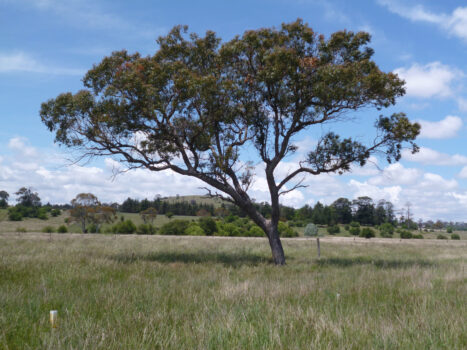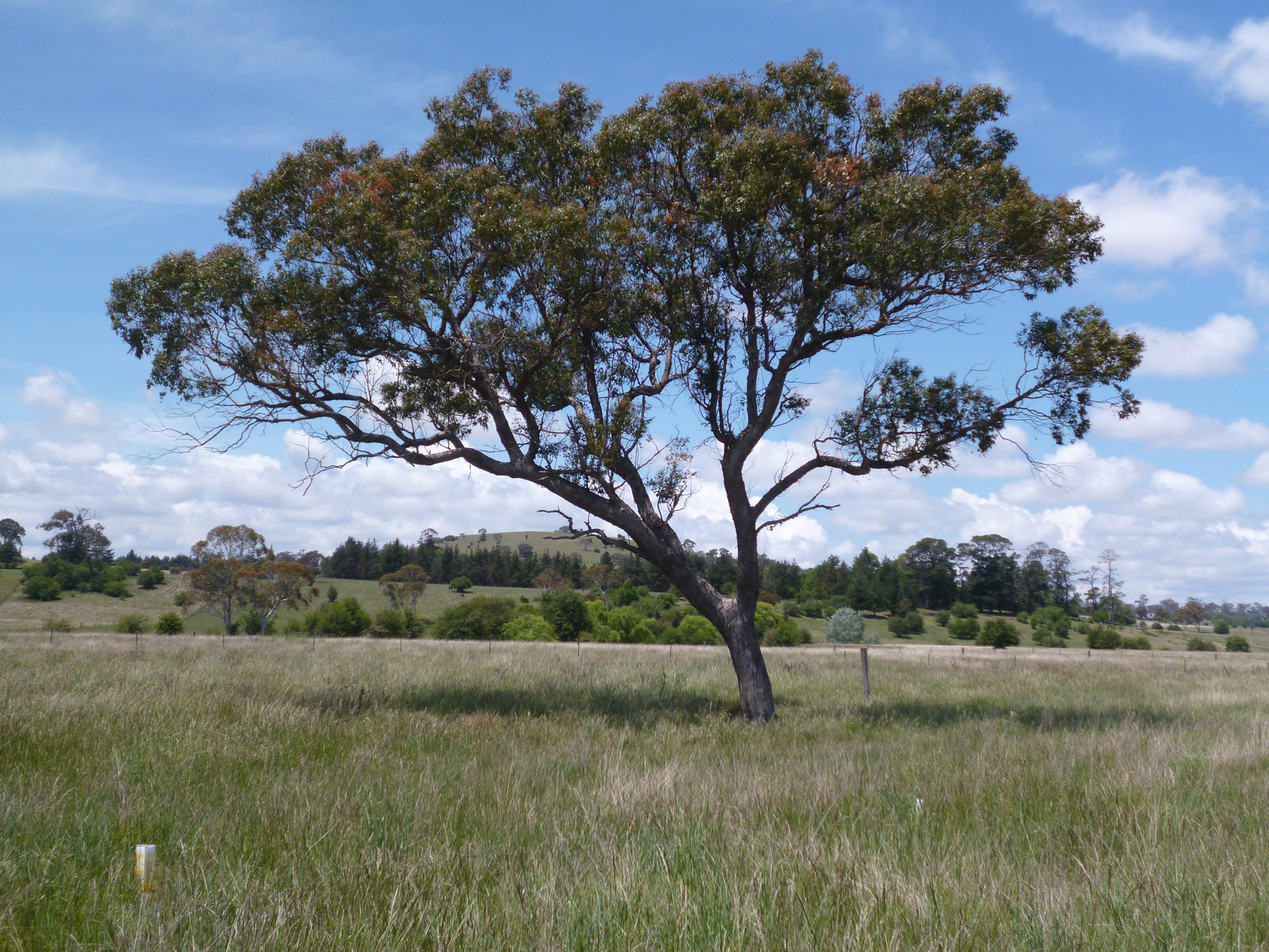 Restoring forests across the globe is “by far the biggest and cheapest way to tackle the climate crisis” – without reducing agricultural production. Published by Bastin et al. in the journal Science (July 2019), the study estimated that if billions of trees were planted worldwide, two thirds of human carbon emissions since the industrial revolution could be sequestered.
Restoring forests across the globe is “by far the biggest and cheapest way to tackle the climate crisis” – without reducing agricultural production. Published by Bastin et al. in the journal Science (July 2019), the study estimated that if billions of trees were planted worldwide, two thirds of human carbon emissions since the industrial revolution could be sequestered.
Trees have many complex and important functions. Individually, they create shade, decrease wind, reduce frost, increase humidity, create biomass by fixing carbon from the air, increase soil carbon, condense water on their leaves during fog, pump water from deep soil layers and provide habitat for myriad other organisms from birds to bacteria. Many provide food, fibre, fodder, fuel and medicine for humans. As forests, trees change climates by creating large scale rainfall, reducing wind and temperature extremes near the ground. They are the physical backbone of many biodiverse ecosystems and they fix and store enormous amounts of carbon from the atmosphere.
Spending time in forests has been shown to have numerous benefits to human health.
Deforestation releases large amounts of greenhouse gases and the agricultural management that usually follows has further reduced the carbon levels in soils around the world. This contributes significantly to climate change and decreases agricultural production and viability.
At the time of European settlement the Northern Tablelands were dominated by closed canopy and more open forests. Tree clearing began immediately and has continued as agriculture, primarily grazing, has expanded. After extensive loss of eucalypts due to dieback in the 1970s and 80s, we now have large areas almost completely denuded of trees. The winter winds howl across the open fields, frosts are heavy and widespread. In summer, the pastures and animals bake. Erosion and soil loss is extensive and much of our native biodiversity is gone.
The good news is that both stock and crops benefit enormously with the right amount and type of tree cover. Replanting some areas with native vegetation (e.g. windbreaks and to protect creeks) can really help wildlife and pest management. Bastin et al. did not include the effects of using agroforestry techniques, such as running stock or growing crops between or under trees. If agroforestry practices were widely used, this would significantly increase the amount of carbon sequestered and the productivity of the systems. The potential to incorporate trees into our agricultural practices in this region is enormous. Lets get planting!
By Jane Pickard, Banded Bee Farm
